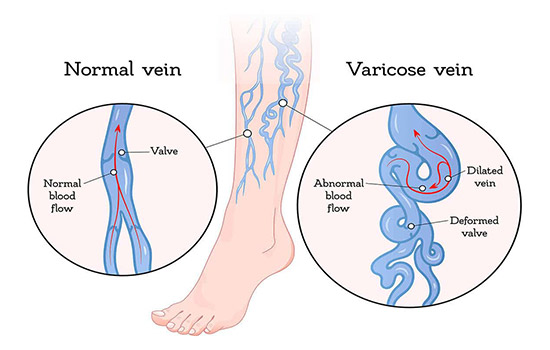Best varicose veins treatment in Delhi –Procedure and Cost

Frequently Asked Questions
- Can varicose veins be cured permanently by surgery?
Ans. While vein surgery is typically a permanent solution, some individuals may experience a recurrence of varicose veins following treatment.
- How painful is varicose vein surgery?
Ans. The surgery can be performed with minimal to no discomfort. During the procedure, the patient may only experience a few small pinches from the numbing medication and some pressure similar to someone pushing on their skin.
- Do veins grow back after removal?
Ans. Unfortunately, the body’s natural healing process kicks in and causes varicose to grow. When veins grow back after trauma, they do not develop any valves leading to the absence of valves even after varicose veins are removed.
- Is it healthy to remove varicose veins?
Ans. Surgery for varicose veins is highly effective and carries minimal risk of side effects. Most patients may only experience mild bruising or skin discoloration in the treated area, and some swelling and discomfort may also occur.
- What are the risks of varicose vein surgery?
Ans. It’s rare to encounter severe complications like thrombosis or nerve damage. Some surgery complications include infection, skin ulcers, or blood clots forming within deep veins.
